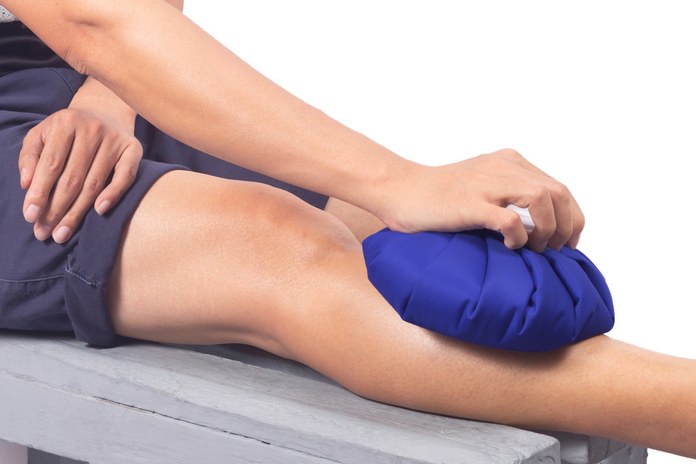Medical Treatment For Lower Leg Pain

Regardless of where your pain is located, lower leg pain usually improves with the same recommendations. Your doctor will likely prescribe the following to you:
- Ice: Temperature therapy can be used on the area that hurts, but it should be applied for 15 minutes only, and you should apply ice with a towel or cloth, and not directly on your skin as it can trigger a temperature injury in your skin know as frostbite. Ice can be helpful in reducing swelling and is also a natural anti-inflammatory agent. In addition, ice packs can reduce pain due to muscle spasms. Alternatively, your doctor could recommend applying heat, as in heating pads on your legs, to promote blood circulation and relax a tense leg muscle.
- Rest: It is the first step of the RICE strategy, which includes rest, ice, compression, and elevation of the affected leg. Rest is essential in calf and shin pain because it allows the muscles to heal and reduces inflammation. If you’re active, stop exercising and instead take it easy until your pain subsides. Try to avoid standing or sitting for prolonged periods, especially at work, because this can lead to blood pooling in the legs. Remember that most causes of lower leg pain, regardless of its location, are associated with muscle overwork, overstretching, and leg overuse injuries. Thus, one of the most important aspects of healing is paving the way for your body to do the job.
- Compression: It means using a bandage to wrap your leg tightly, but not extremely tightly that you start experiencing numbness or color changes in your skin. Compression can help treat shin splints. For the best results, apply the compression immediately after icing the area and continue to do so until the pain subsides. Compression can help drain the excess liquid and help your veins return blood to the heart. Thus, the goal here is not reducing circulation but helping your veins do their job. It helps with swelling if your pain is associated with edema. It can be done with elastic bandages or compression stockings. The latter is recommended in case of deep vein thrombosis.
